Flora and Fauna of Dalmatia: Counting Arms of Seastars or Looking for the Good Luck Plant
July 5, 2021 - Swimming in the beautiful and crystalline waters of Croatia, what are the creatures that you are most likely going to meet? And walking around the mountains or the forests, which is the most interesting vegetation and the most unique? This article gives you a brief overview of some of the most interesting flora and fauna of Dalmatia, and how to spot them!
This is the first article written for Total Croatia News by our new contributor, Maria Sole Vespasiano, a molecular biologist living in Split.
Fauna of Dalmatia coastal waters
The waters are populated by many species of fish, mammalians, shells, and more, but you are not going to see all of them from the coast. Sitting on a beach it is not difficult to spot dolphins swimming only a few hundred meters away from the coast. This happens especially when it is not high season yet and ferries, boats, and catamarans are not making the waters too busy for dolphins to feel comfortable enough to appear. Did you know that dolphins can understand approximately 60 words, which can make up to 2000 sentences? They are even able to communicate over the phone! If you are a fan of these beautiful and super-smart animals, in Dalmatia you may have the chance to see them very closely! Another way to see dolphins, and maybe even swim with them, is having a sailing trip a bit further from the coast. In this case, the dolphin watch is almost guaranteed. Their sinuous movement in the waves will be a beautiful memory to take home from your vacation.
Looking around rocks you can find sea stars, and this is way easier on islands! Most likely not everybody knows that sea stars can reproduce by scission of their body. They can also detach one of their “arms” when attacked to be able to escape and save the rest of the body. If you accidentally find one of these sea stars with one shorter (or half of their) arm/s, please do not disturb: either it is recovering from the attack of a predator or a new life is flourishing!
Another water animal that widely proliferates near the Dalmatian coast is the sea urchin. They find their home on the stones, and the backdrop of the Dalmatian coast is made of small or bigger stones, which makes it the perfect location for them. Stepping on one of these sea animals can be very painful! On the other hand, they are also proof of clean waters, because the accumulation of heavy metals disrupts their growth. When you spot them feel lucky to swim in the same water and watch out where you put your feet!
Flora of Dalmatia
The forests and the mountains are often populated by foreign species, especially when these are invasive and they grow faster and easier than the indigenous ones. However, in the Marjan forest in the heart of Split, around 30 endemic species were found. Three of them, in particular, caught my attention during a visit to Marjan hill with experts that are working on a map of all the plants present on Marjan.
The first one is Aurinia leucadea. It is a plant that grows on rocks and has beautiful yellow flowers. It grows mainly in Dalmatia and in some other rare locations of the Mediterranean. They say its name comes from Greek αϋρα that means breeze, wind. In fact, this plant lives on the rocks of mountains in very windy regions, like Dalmatia. The rocky part of the Marjan forest is always fully exposed to the wind, and this creates a perfect environment for this plant.

(Aurinia leucadea; all images taken by the article's author, Maria Sole Vespasiano)
Another interesting one, also from the family of Aurinia is the Aurinia sinuate, an endemic plant that grows only on the Adriatic coast. Its characteristic is that the particular red seeds are protected in little spheres as you can see in the picture below. This plant also blooms yellow flowers, but not in the season I took the picture!

Last but not least, Goniolimon dalmaticum. This plant only grows in Dalmatia and the experts were looking for it in the Marjan forest for weeks. The specimen is the only one they found so far in Marjan park. I challenge you to find it! Many years of luck to the one who will spot it, according to the legend! I will give you a little tip: it is able to grow in an extreme environment, with the high salinity in the soil. Have a look close to the coast!
Find out more about the plant species of Marjan in this article.
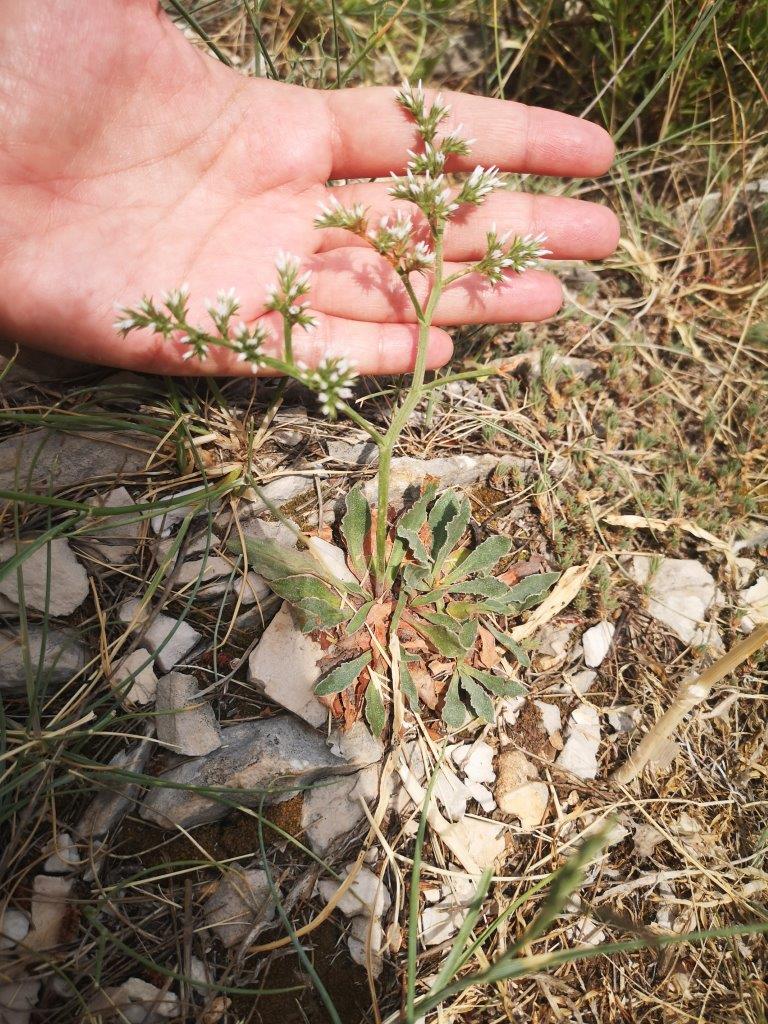
Big thanks to Split Scouts and Igor Belamaric for taking me to Marjan, and explaining the flora of Dalmatia.
Indigenous Croatian Species Congeria Kusceri Up For 'Mollusc of the Year'
January 20, 2021 – Let's be honest, Croatia has a lot more photogenic inhabitants than this. But, from over 120 molluscs registered, the indigenous Croatian species Congeria kusceri have been chosen as one of the top five finalists in this year's Mollusc of the Year competition.
There's actually quite a good reason why Congeria kusceri isn't so photogenic – it lives underground. In fact, Congeria kusceri comes from the Congeria genus, which are the only known freshwater underground shellfish in the world. Most of this genus has sadly become extinct. However, three members of the family survive in this region - Congeria jalzici which can be found in Slovenia, northern Velebit and northwestern Lika, Congeria mualomerovici which lives in the Sana basin in Bosnia, and Congeria kusceri which is endemic to underground cave systems of the Neretva and Trebišnjica basins in Herzegovina and southern Dalmatia. Although, that wasn't always the case.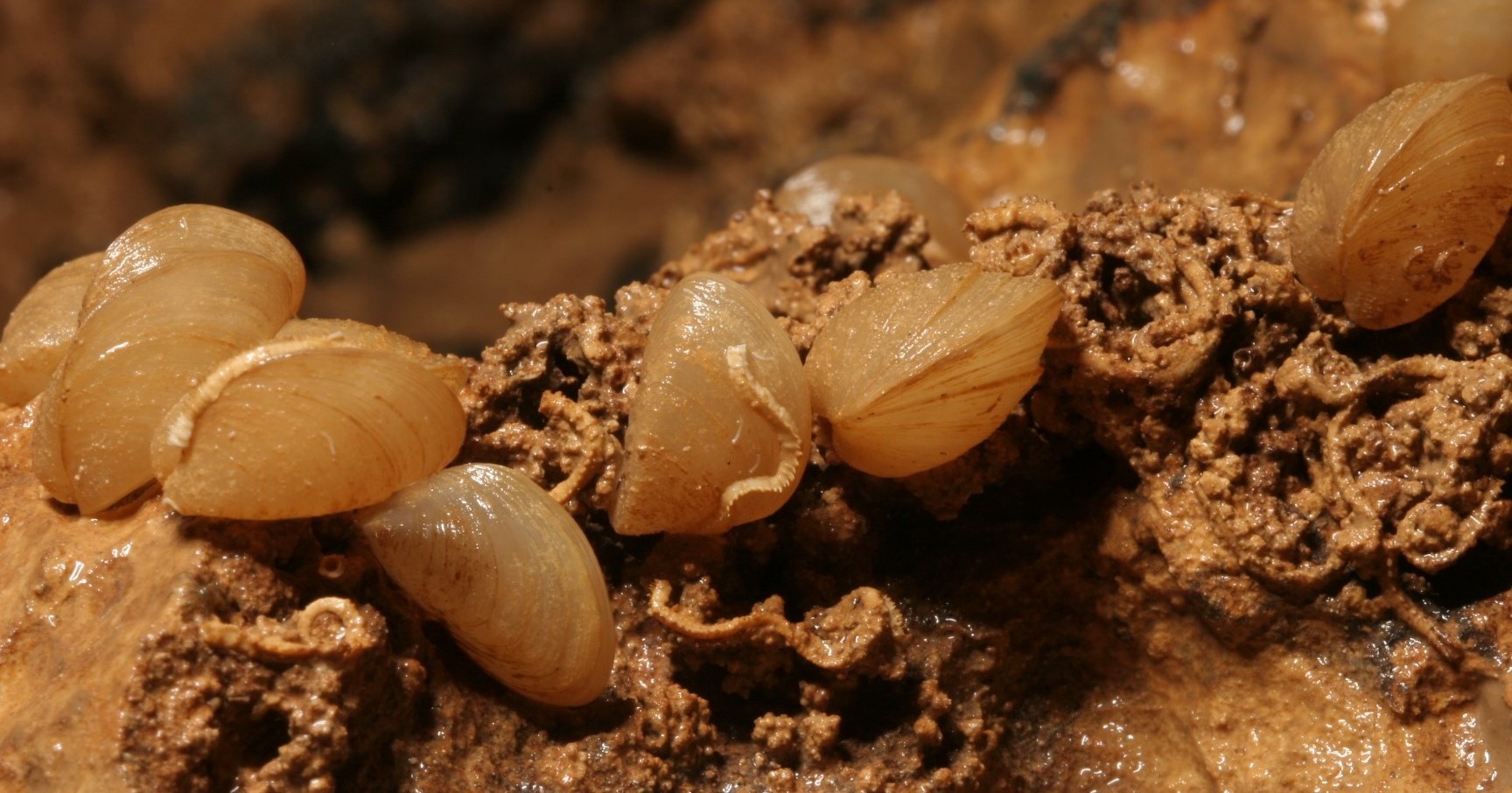 Congeria kusceri are albino molluscs, having lost their pigmentation while living away from sunlight. They live in southern Dalmatia, whose strongly supported football club, Hajduk Split, are also associated with the colour white © The Croatian Biospeleological Society (CBSS)
Congeria kusceri are albino molluscs, having lost their pigmentation while living away from sunlight. They live in southern Dalmatia, whose strongly supported football club, Hajduk Split, are also associated with the colour white © The Croatian Biospeleological Society (CBSS)
The ancestors of these molluscs used to live on the surface of lakes. Some of the molluscs followed the flow of water downstream and ended up inhabiting cave systems underground. Those which were able to adapt to a life of complete darkness survived. Having existed for so long in such a sunless environment, Congeria kusceri have lost their pigmentation - another reason we might consider them unphotogenic.
Congeria kusceri is on the Croatian Red List of Cave Fauna, in the category of critically endangered species, and at the European level, it is protected by the Directive on the Protection of Natural Habitats and Wild Fauna and Flora of the European Union. It is extremely rare. To date, these molluscs have been found in only fifteen underground locations of the Dinaric karst region.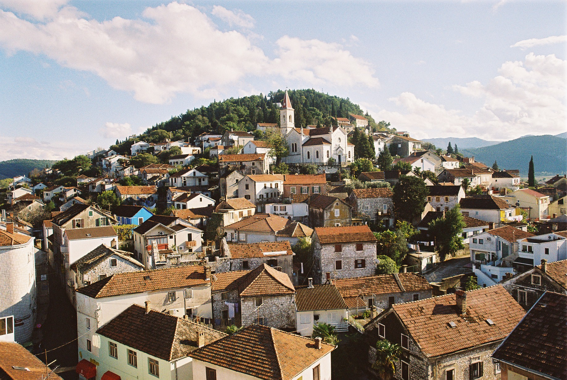 The Predolac hill in Metković © Jure Grm
The Predolac hill in Metković © Jure Grm
The largest living colony of Congeria kusceri that we so far know about can be found at the foot of the Predolac hill in Metković. Congeria kusceri is around two centimetres in length. Once part of a flourishing mollusc family, most of the Congeria genus died out around five million years ago. The genus was considered to be entirely extinct until shells of recently deceased individuals were found near Vrgorac in 1934. Congeria kusceri's new cousins - Congeria jalzici and Congeria mualomerovici – were only described and recognised as distinct sub-species as recently as 2013.
The Mollusc of the Year competition is run by the Senckenberg Research Institute and Museum, and the Centre for Translational and Genomic Biodiversity (TBG) in Frankfurt. Congeria Kusceri's success in being chosen as one of the finalists was announced by the Ruđer Bošković Institute in Zagreb.
Voting for Mollusc of the Year is open to the public. Anyone who is not too shellfish with their time and who may wish to support this endangered Croatian underdog in the competition can vote here
PHOTOS: Extraordinary Plants of Klis Fortress Show Two Sides of Dalmatia
January 2, 2021 – High on the mountains, overlooking the city of Split, the historic settlement of Klis stands on the border between two distinct climate regions – the Mediterranean and the Dalmatian hinterland. The sometimes rare and extraordinary plants of Klis Fortress are characteristic of both. A new book details the flora you can find on both sides of the Dinaric Alps
The views from Klis are spectacular. The great city of Split lies below you, perched on the edge of the glistening Adriatic, beyond it, the islands of Čiovo, Šolta, Brac, Vis and Hvar. It's a view that has been admired for over 2000 years. The view from Klis Fortress
The view from Klis Fortress
That's how long a fortress has stood here. Restructured and rebuilt several times over the millennia, within the walls of the impressive Klis Fortress lie much of the recent history of these lands – of the Illyrians and the Romans, the arrival of both Slavic people and of Christianity, the defence of Christian Europe from the Ottomans. So steeped in history are these walls, little wonder the fortress was chosen as a filming location for the popular Game Of Thrones series.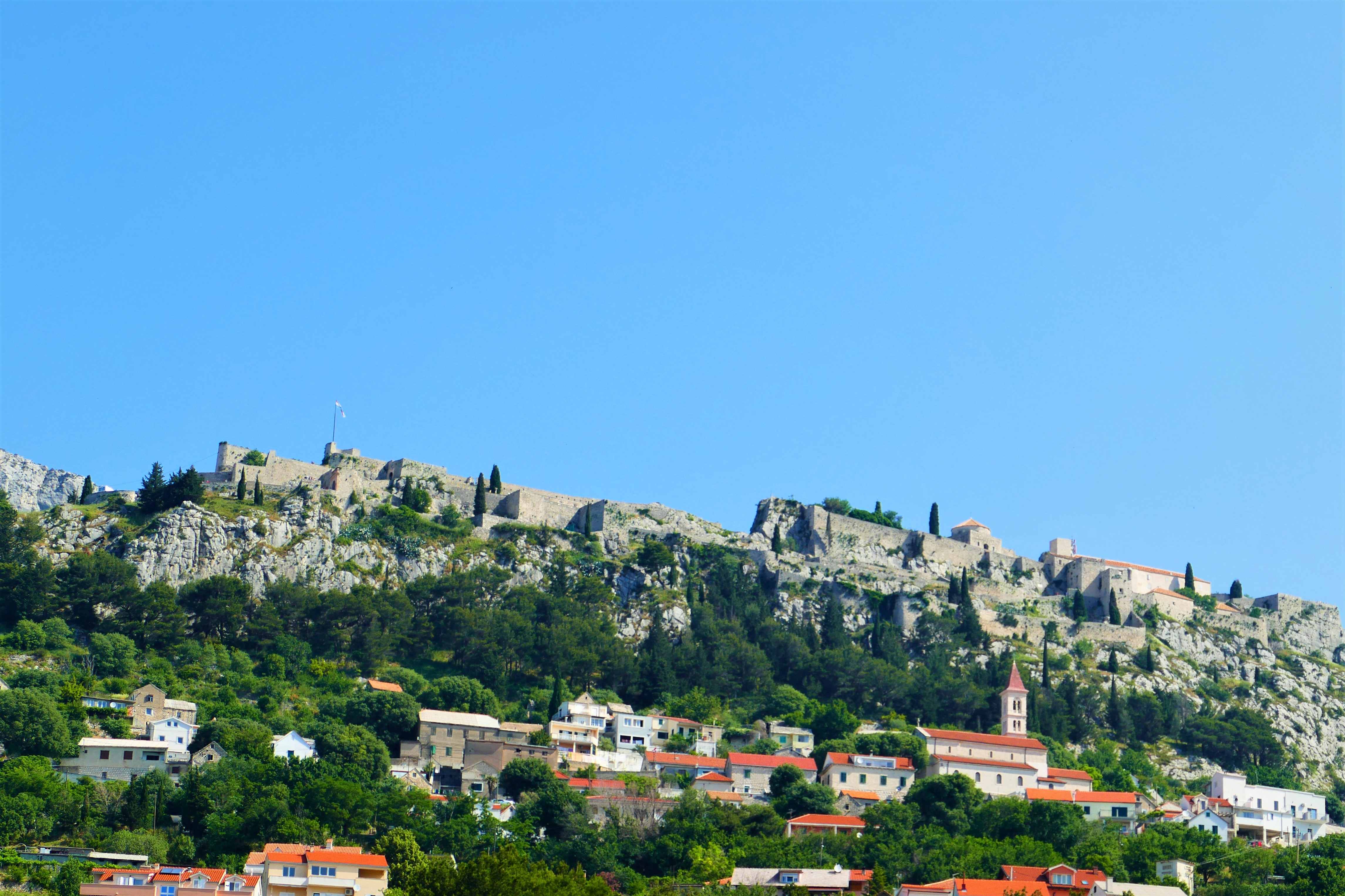 Klis Fortress
Klis Fortress
With its view so irresistibly inviting the eye, you could be forgiven for missing the plants of Klis Fortress. That's unfortunate. The fort straddles the top of the Dinaric Alps – one half existing within the sub-Mediterranean climate of the Dalmatian hinterland, the other on the distinctly warmer side of the Adriatic. This creates a unique environment for a wealth of flora. Not used as a fortress since the threat of Ottoman invasion subsided, these days the structure usually welcomes only tourists. The plants of Klis Fortress have reached into the grounds of the buildings, indeed into its very walls.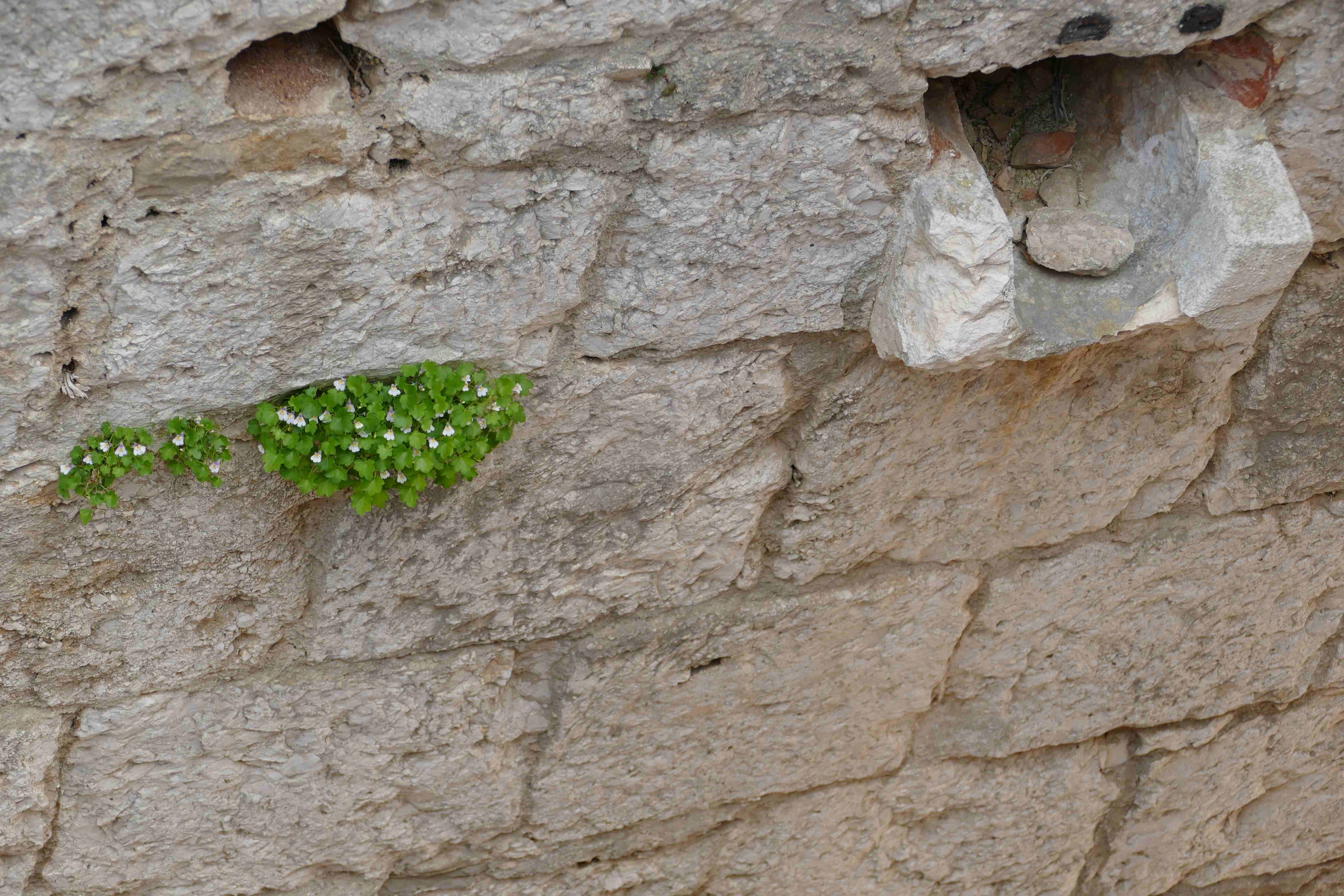 Cymbalaria muralis - Ivy Leaved Toadflax within the walls of Klis Fortress
Cymbalaria muralis - Ivy Leaved Toadflax within the walls of Klis Fortress
One person for who the plants of Klis Fortress did not go unnoticed is Ivan Limić. He lived in Klis all of his life, before leaving to get his degree, then a masters, at the Forestry department of the University of Zagreb. Today, he works for the Institute for Adriatic Crops and Karst Reclamation (IAC) on a PhD student's position. Having a specific interest in botany, he knows the plants of Klis Fortress better than most and after he met botanist Vedran Šegota of Herbarium Croaticum while in Zagreb, they decided they should work on a project together. After several years of work, that project - a book, 'Biljke Tvrdave Klis (Plants of Klis Fortress)' – has finally been released. Although helmed by co-authors Vedran and Ivan, it has actually been a project that involved a much greater group of contributors, not least the community of Klis and some of the best botanists in Croatia.
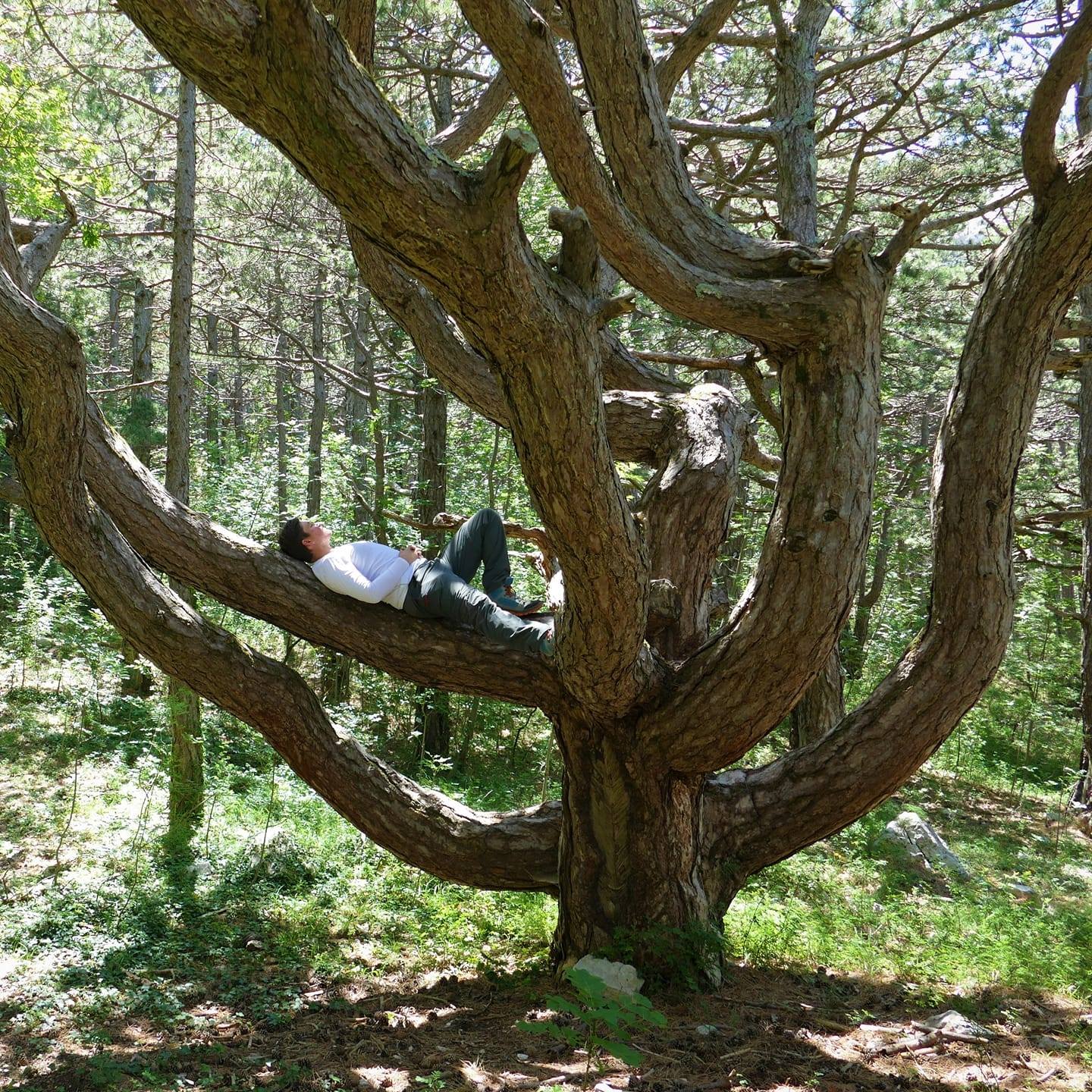
Ivan Limić, co-author of 'Plants of Klis Fortress', relaxing in a Black Pine
TCN talked with Ivan Limić to find out more about the book and about the plants of Klis Fortress
I first met Vedran when I started volunteering at Herbarium Croaticum Zagreb. I was in the city doing my degree. My main interests are forest silviculture and soil erosion, karst melioration, assessment of atmospheric deposition, study of flora, plant determination in Mediterranean region forest ecosystems and the effects of forest fires in those areas. We talked about doing a joint project because we shared similar interests. Vedran came to visit me in Klis and I wanted to show him around the fortress, but looking specifically at the flora. That's when we decided we should do a book about the plants of Klis Fortress.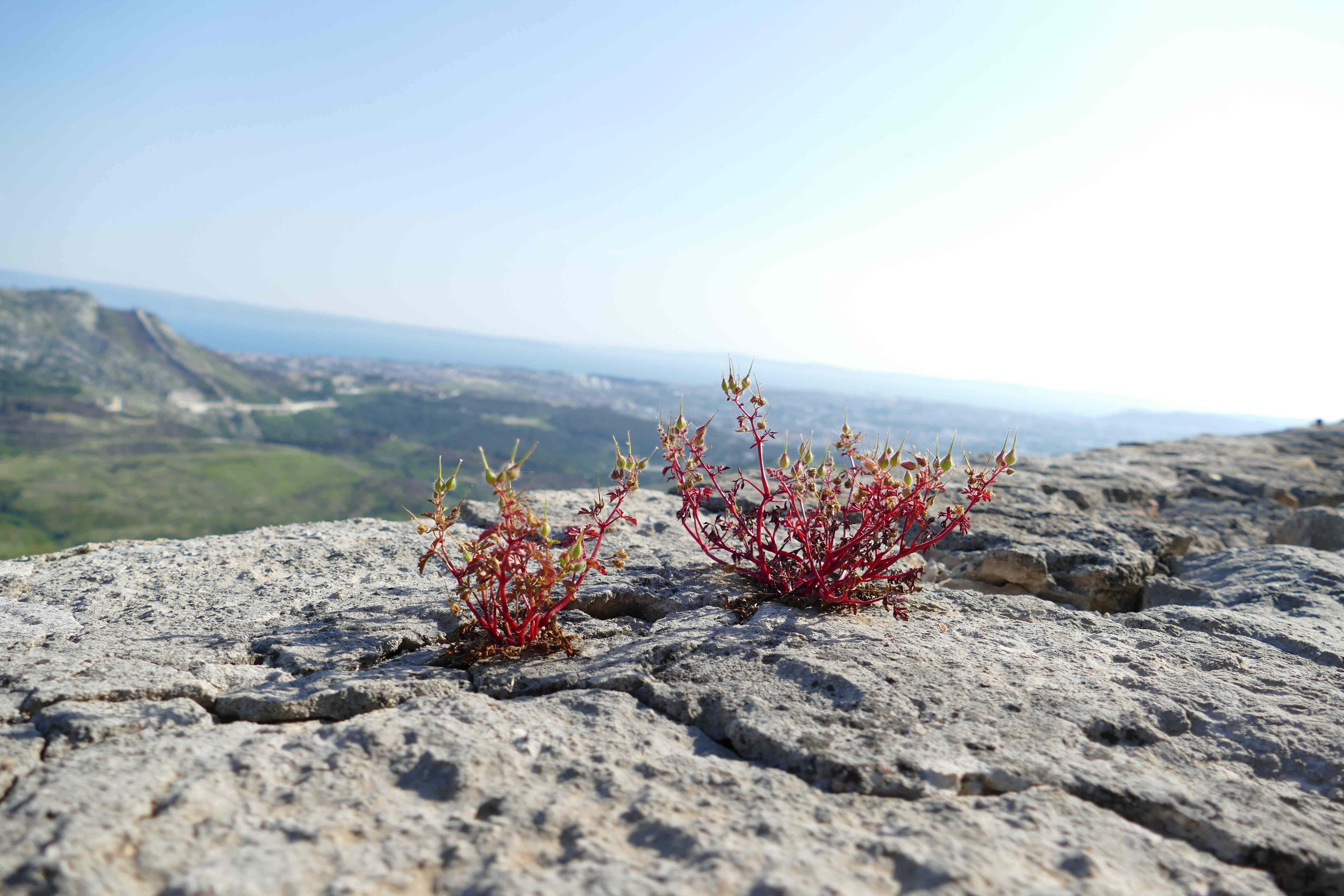 Geranium purpureum, the little-robin
Geranium purpureum, the little-robin
I walked around Klis Fortress all my life. When you live in a place, you not only acquire so much information about that place over the years, you also have an emotional connection to it. That's not something you can read in every book. Hopefully, with our book, we managed to get a sense of that emotional attachment across, so that you can really feel the place.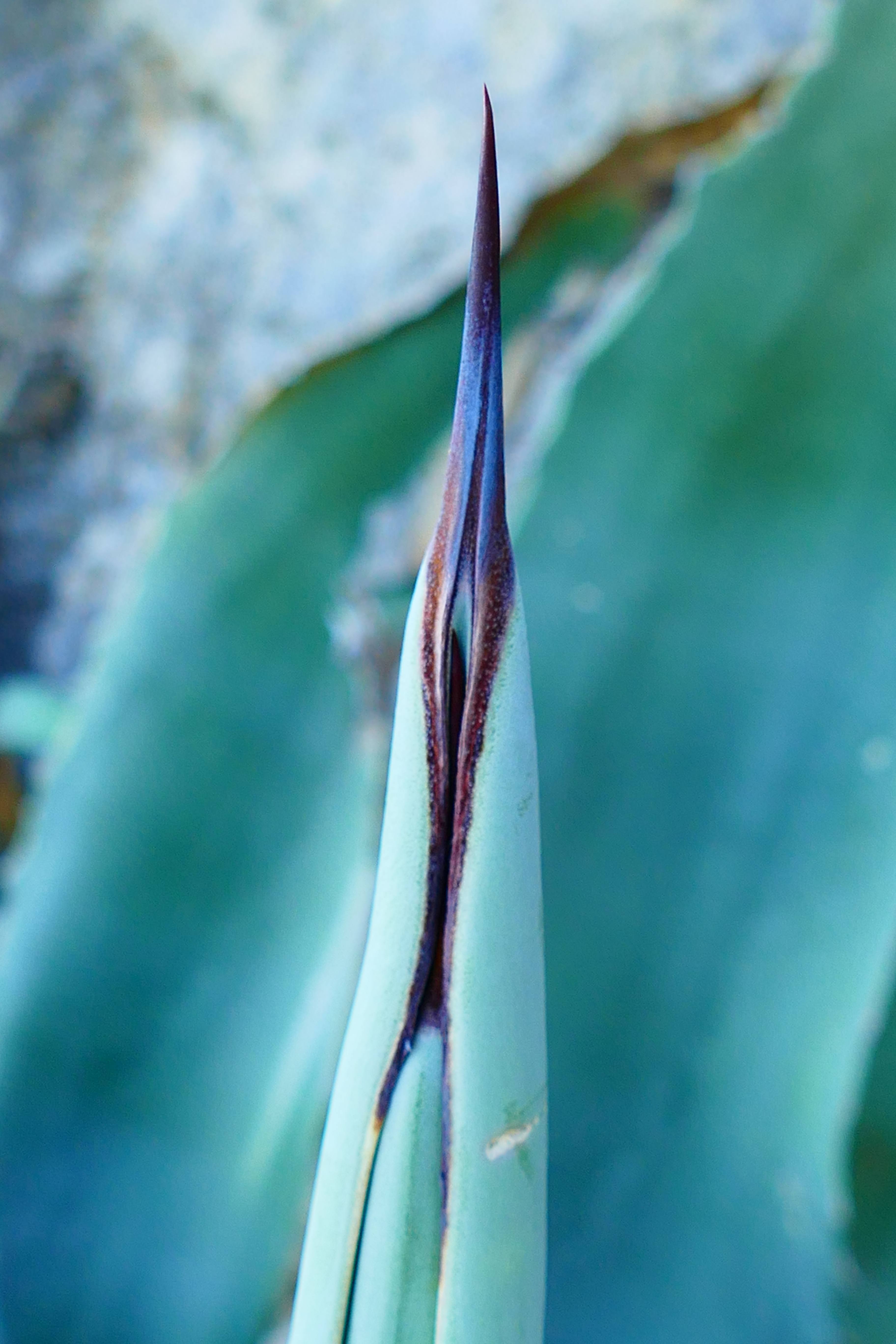 Agave americana
Agave americana
In a way, the special thing about the plants of Klis Fortress is that they are not so special at all – they are extremely characteristic. But, they are characteristic of two completely different climate regions.
On the south side of Klis Fortress, it is very warm and sunny – the Mediterranean climate. You can find species like Aleppo pine. On the northern side of Klis Fortress, it is colder – the sub-Mediterranean climate. Here, you can even get snow in winter and the most common species is Black pine. Two completely different climate regions in just a 50 metre stretch diagonally along the ground. That's what makes it extraordinary. Salvia officinalis (sage)
Salvia officinalis (sage)
The plants of Klis Fortress include more than 300 species. We have around 100 of them listed in the book. Of those, 16 are species endemic to this area. Some of those are extremely rare - you can find them in very few places in Croatia - such as Fibigia triquetra. That plant is actually one of the reasons why this book exists. When I was a child, people used to tell me that some of the plants of Klis Fortress were very unusual and very rare. I used to walk around the fortress, looking at all the plants, trying to guess which ones were the unusual and rare species.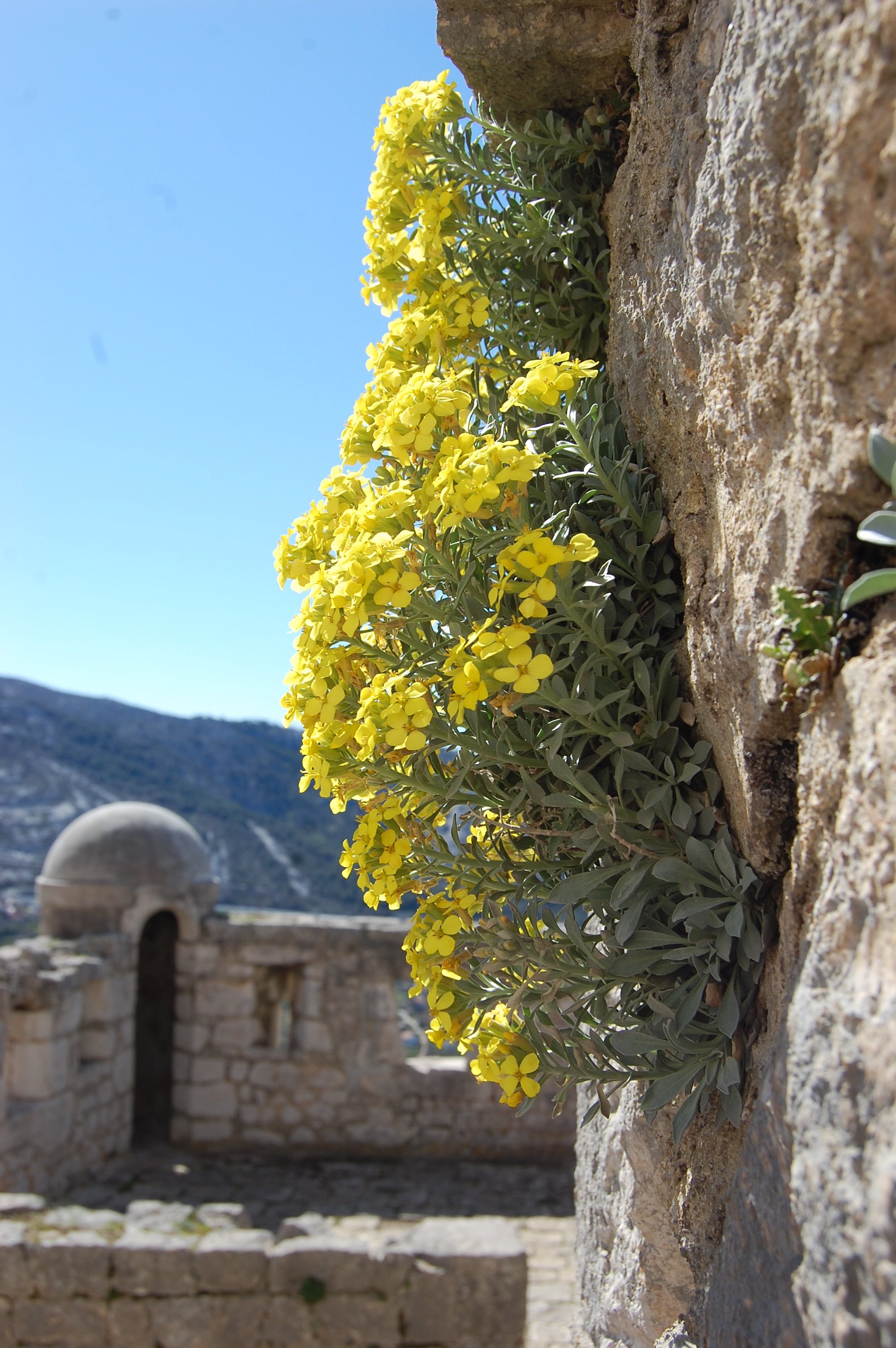 Fibigia triquetra
Fibigia triquetra
The man who first identified this as a unique, endemic species actually discovered his first specimen inside Klis Fortress. All of the studies and writings he made about the plant were done here. That plant is now the symbol of Klis Fortress.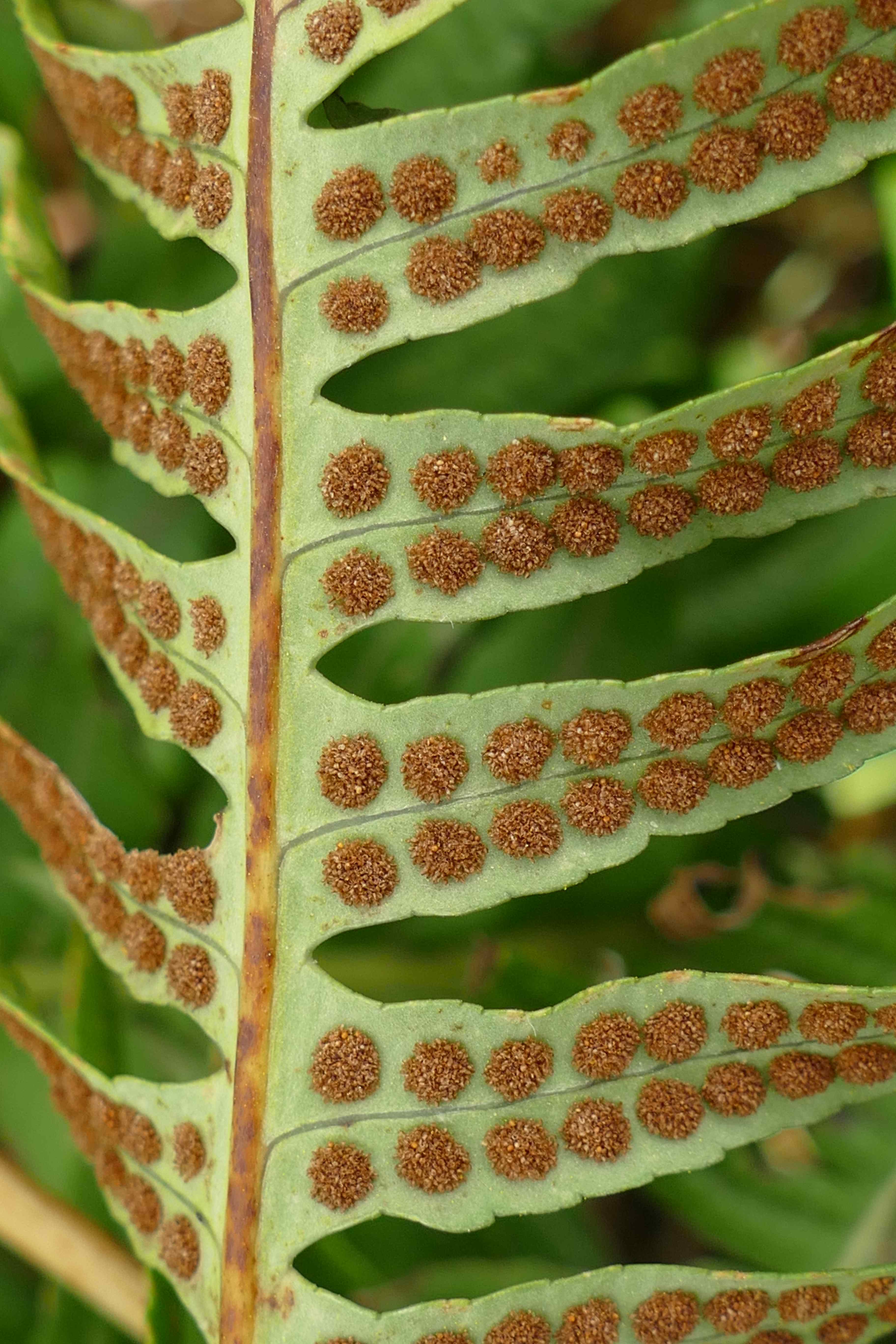 Polypodium cambricum
Polypodium cambricum
You can find our book in Klis library. Anyone can borrow it. It's also available at the entrance to Klis Fortress, where you buy the tickets. We wanted to give the opportunity to anyone who comes here to learn about the plants of this region – that's why we made such an effort to have the book in five languages. It was designed as a guide to the plant species of the whole Mediterranean mountain region in Croatia, so it's not just for the plants of Klis Fortress or the people who come to Klis Fortress itself.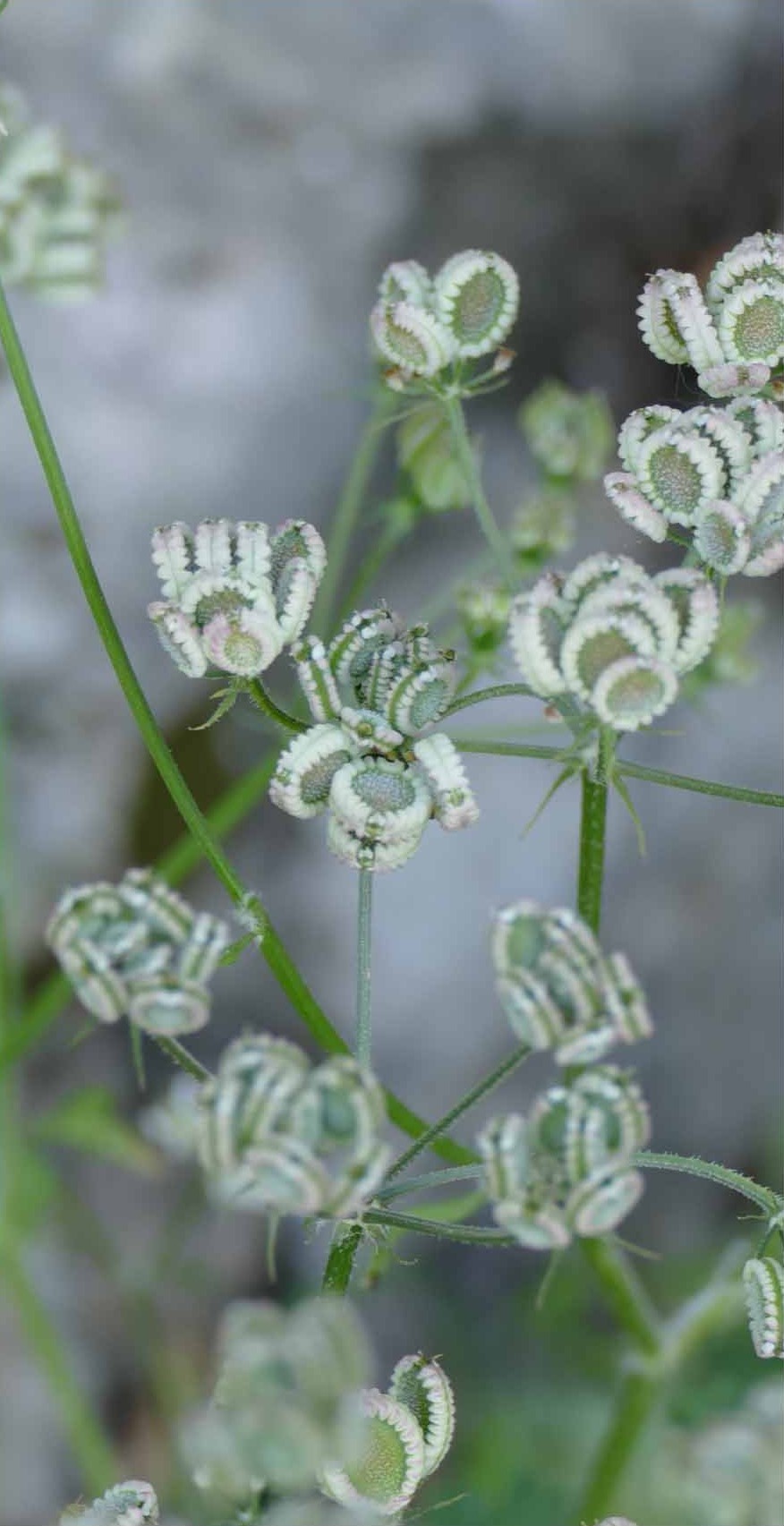 Tordylium
Tordylium
Most of the photography in the book was done by ourselves. It was important to take the photographs across four different seasons. That's one of the reasons it took almost two years to write this book.
 Inula Verbascifolia
Inula Verbascifolia
As we were making progress on the book, people in Klis began to find out what we were doing. It ended up becoming a project of the wider community. The mayor of Klis supported the project financially so that we were able to publish the book professionally and the library of Klis edited and published the book.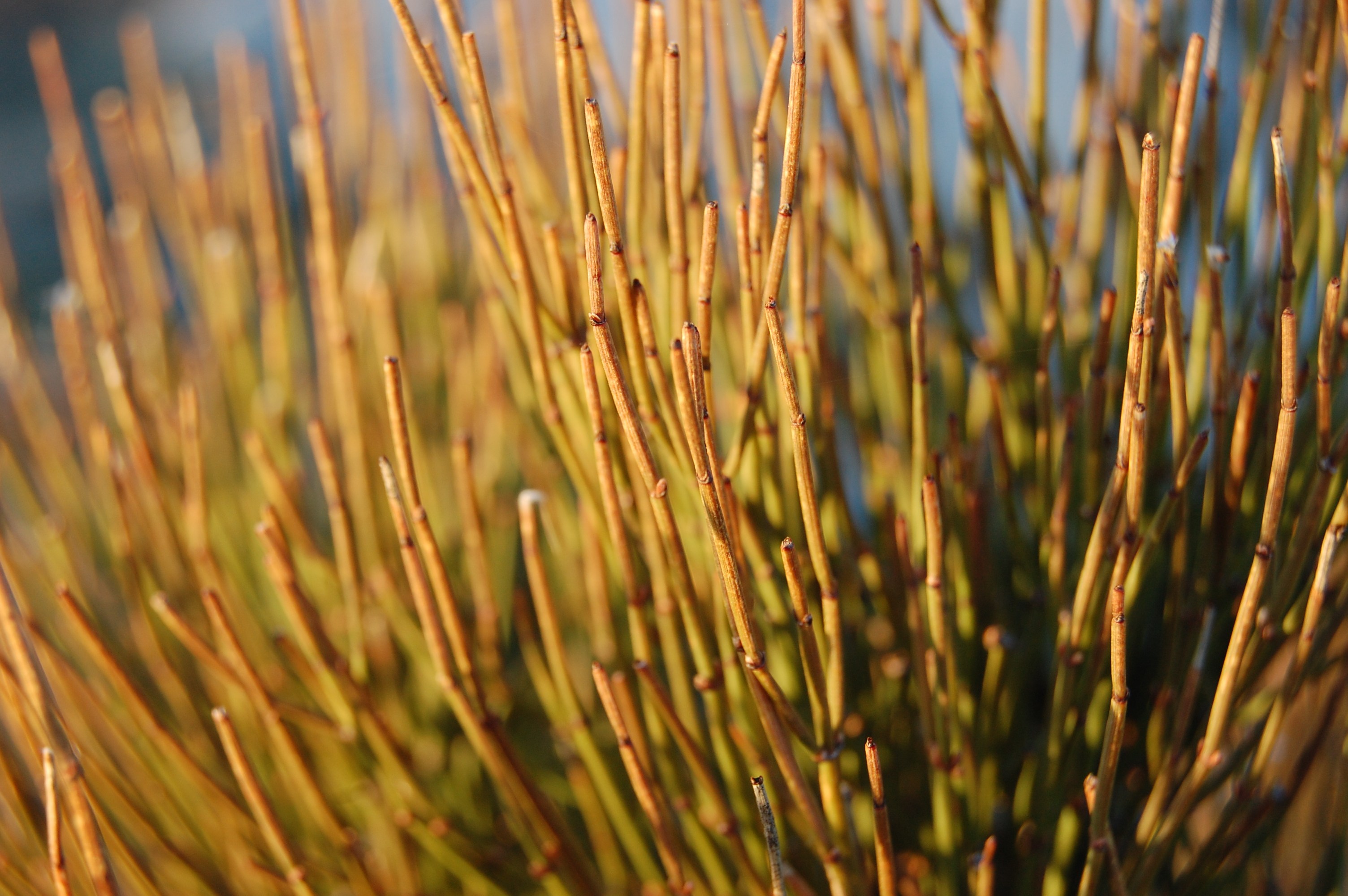 Ephedra major
Ephedra major
Others contributed to the design of the book and the translations, of course. Almost all of them donated their time and work to the project for free. It is quite difficult to translate some of this specific text correctly and we wanted to get it absolutely right. 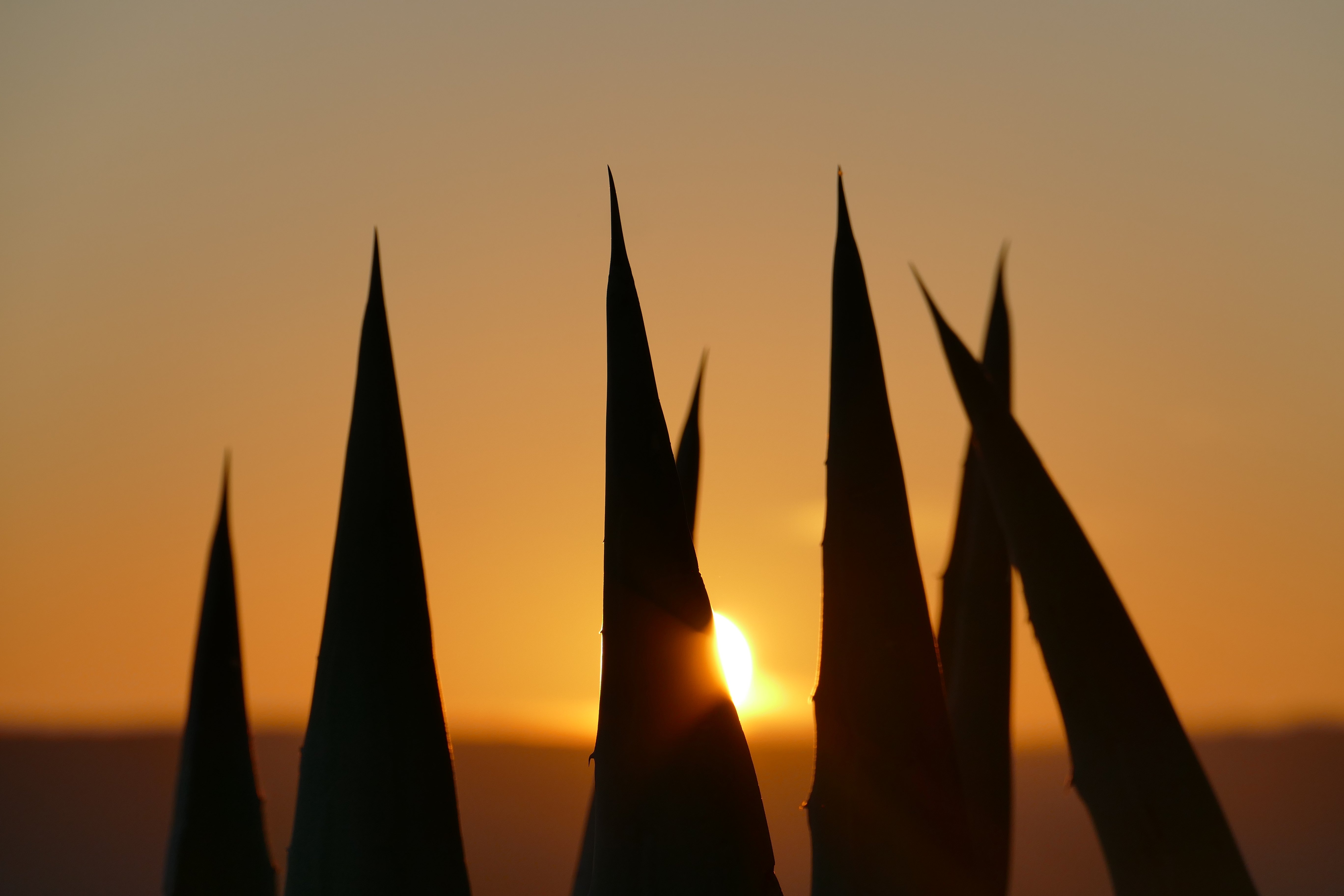 Agave americana
Agave americana
In the end, we ended up getting contributions from Italy and France, we had one colleague from the French embassy who helped and some of the best botanists we have in Croatia contributed to the book to make sure everything was absolutely correct. For that reason, the book was approved and recommended by the Botanical Society of Croatia and can be found in the Botanical library.
All images © Ivan Limić / The Plants of Klis Fortress
From Brown Bear to Slow Worm - The Rich Vrlika Fauna and Flora
Flora
Native vegetation of the Vrlika region comprises a large number of plant communities, or habitat types. According to the data available, in the area of the Dinara mountain there are around 750 plant species, of which more than 110 are strictly protected and 55 are endemics.
The flora comprises:
- Mountain Grasslands
- Scopoli's Rock Cress
- Dinarian Mouse Ear
- Dalmatian Rockbell
- Pasque Flower
- Lion's Paw
- Yellow Gentian
- Common Juniper
- Hairy Azalea
Fauna
1. Birds
In terms of ornithology, the Vrlika region, particularly the peaks and the slopes of the Dinara mountain appertaining to it and the habitat around the Upper Cetina, from its source to the Peruća dam, is designated as a Special Protection Area (SPA) according to the EU Directive on the Conservation of Wild Birds.
The bird species include:
- Shore Lark
- Redshank
- Stone Curlew
- Moustached Warbler
- Short-toed Snake Eagle
2. Mammals
The mammals of the Vrlika region are:
- Brown Bear
- Grey Wolf
- Eurasian Lynx
- Wildcat
- Red Fox
- Wild Boar
- Eurasian Badger
- Brown Hare
- Balkan Snow Vole
3. Insects
The relatively well-preserved, extensive and diverse habitats of the Dinara and Svilaja mountains and the Upper Cetina provide a refuge to a number of invertebrate species whose natural habitats have been endangered due to specific living conditions they require, while many of them are endemics and placed on the Red List (certain species of caddisflies, dragonflies, stoneflies, orthoptera, etc.).
Invertebrates living in caves and holes make a special group – their biology remains relatively unknown, but they are protected as the cave fauna together with cave vertebrates.
Insects include:
- Dalmatian Ringlet
- Rosalia Longicorn
- Longhorn Beetle
- Firebug
- Hornet
- Bumblebee
- Stag Beetle
- Marsh Fritillary
4. Herpetology
The herpetofauna of the Vrlika region comprises around 15 species of lizards, snakes and amphibians, some of which are endangered, mostly due to the fact that their natural habitats have been either reduced in extent or suffered degradation.
The herpetofauna comprises:
- Smooth Snake
- Balkan Whip Snake
- Nose-horned Viper
- Fire Salamander
- Slow Worm
- Karst Meadow Viper
- Alpine Newt


